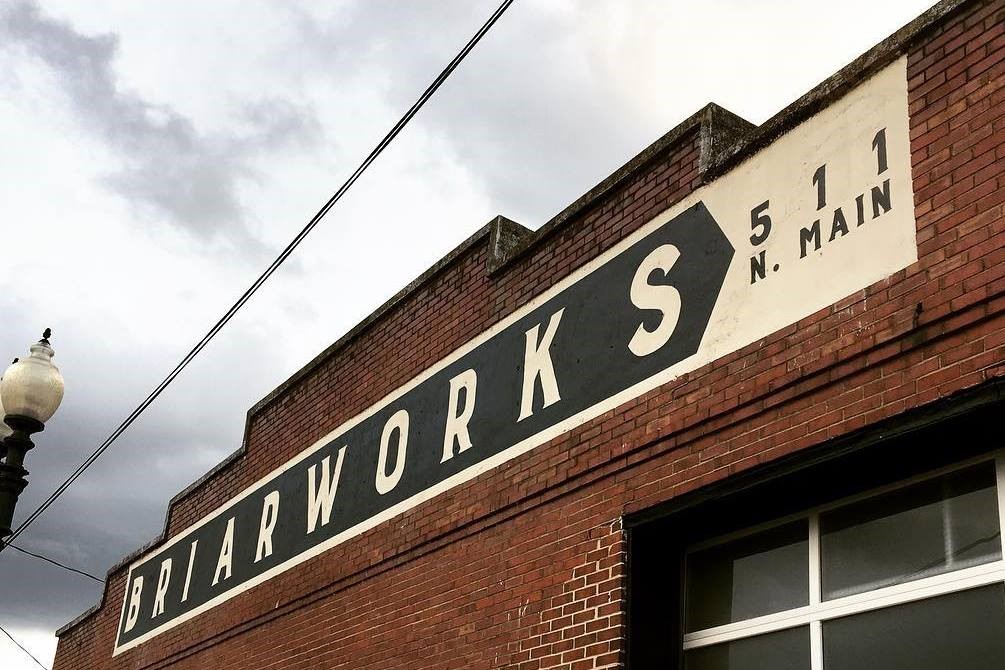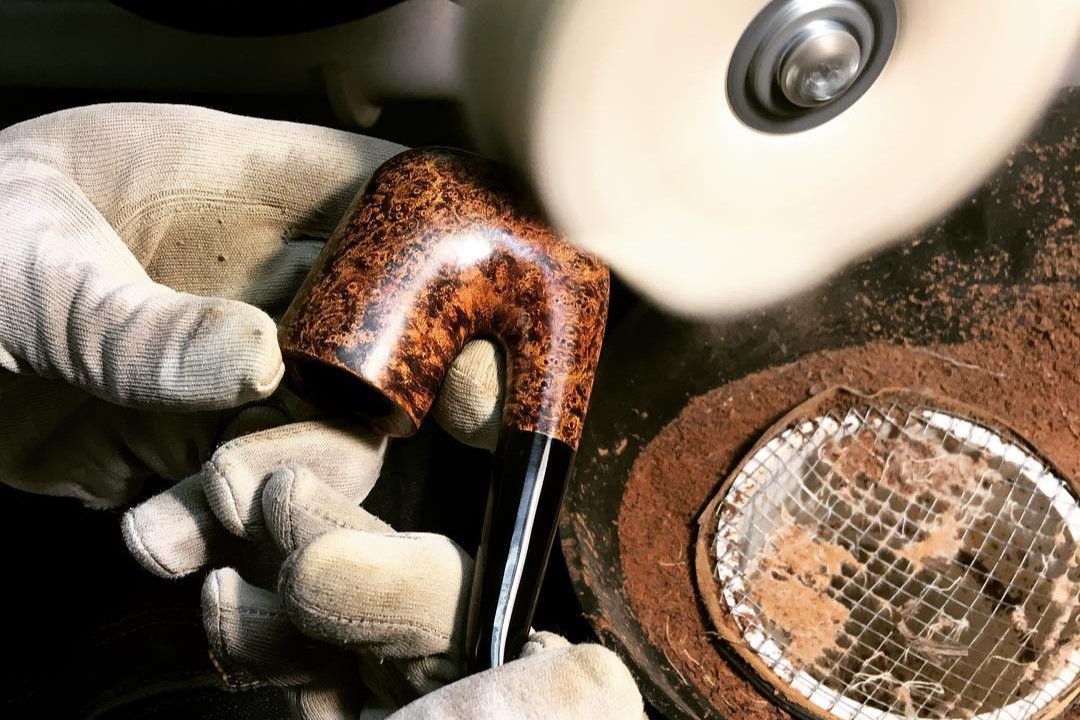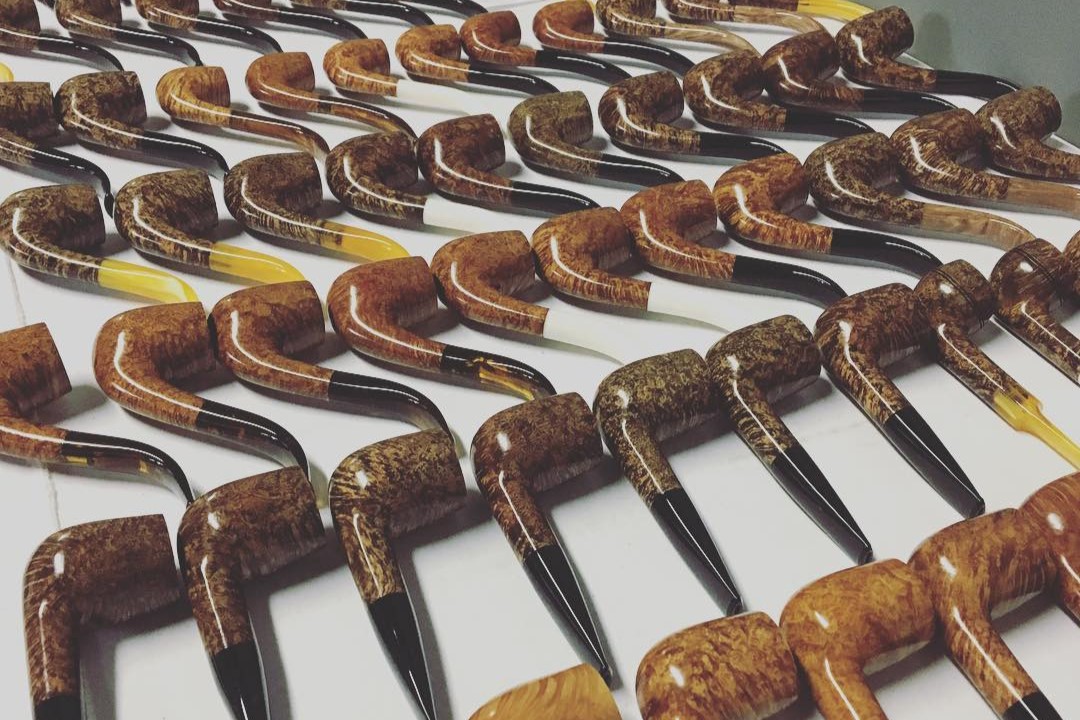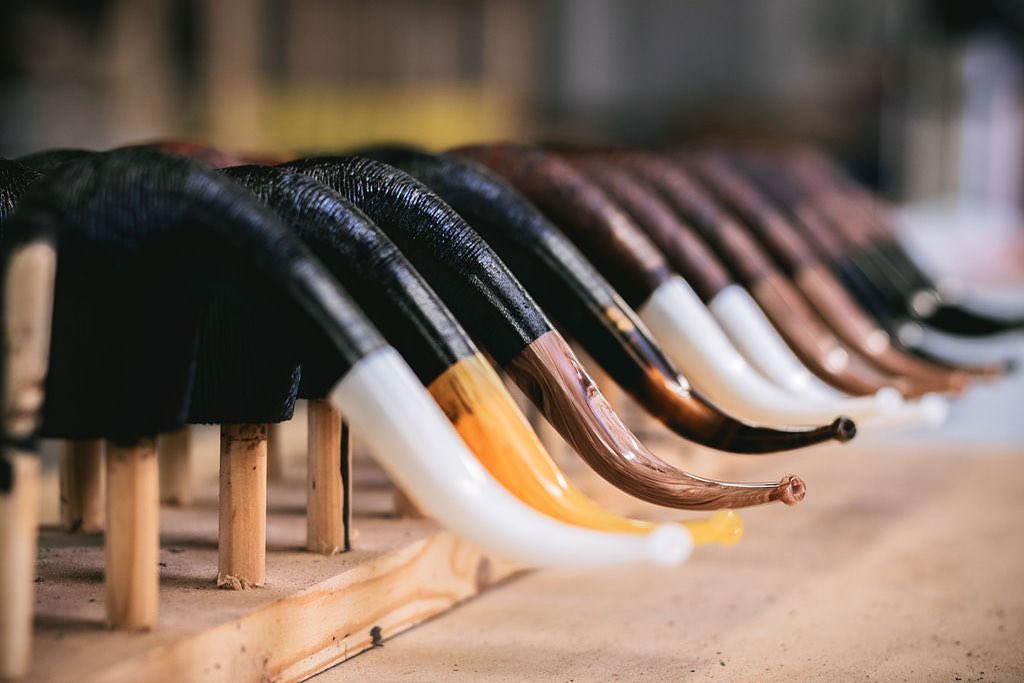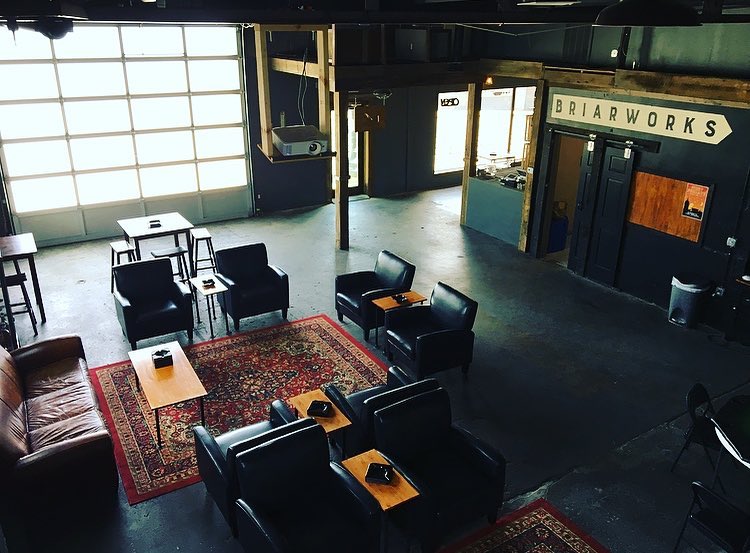The Artisan Touch - A History of BriarWorks Pipes
Posted by Greg Rosnberg on 21st Aug 2024
In an industry full of companies whose histories stretch back ages, BriarWorks have become an institution of modern pipe smoking in their little more than a decade of existence.
The operation out of Columbia, Tennessee offers a line of pipe tobaccos, hosts the Muletown Pipe Show, and runs a smoking bar and lounge—but first and foremost, they are a tobacco pipe manufacturer that brings a fresh, artisan approach to the factory pipe. Cutting shapes with Computer Numerical Control (CNC) machinery before being finished by a reputable artisan pipe maker, BriarWorks is a business like none other.
One of these artisans is Pete Prevost, the current president and one of two BriarWorks founders.
President Pete’s journey to BriarWorks
Pete’s pipe journey began at eighteen when he and some friends explored a curiosity toward pipe smoking with some corn cob pipes and Captain Black. It wasn’t exactly a passion, but the interest grew with his first briar pipe a couple years later, an Italian second of some sort.
Eventually, Pete moved to Nashville to pursue his passion for music. Within a year, he joined the band Sanctus Real, launching a successful music career that included a Grammy nomination and extensive touring. It was in this pursuit that his interest in pipes was revitalized. Though he hadn’t smoked in a few years at this point, a pipe smoker at a party relit that curiosity.
“The next day I went and bought a nicer pipe and some good tobacco and then I was just hooked into it from that point on,” he tells me. “That was kinda the beginning of it all for me.”
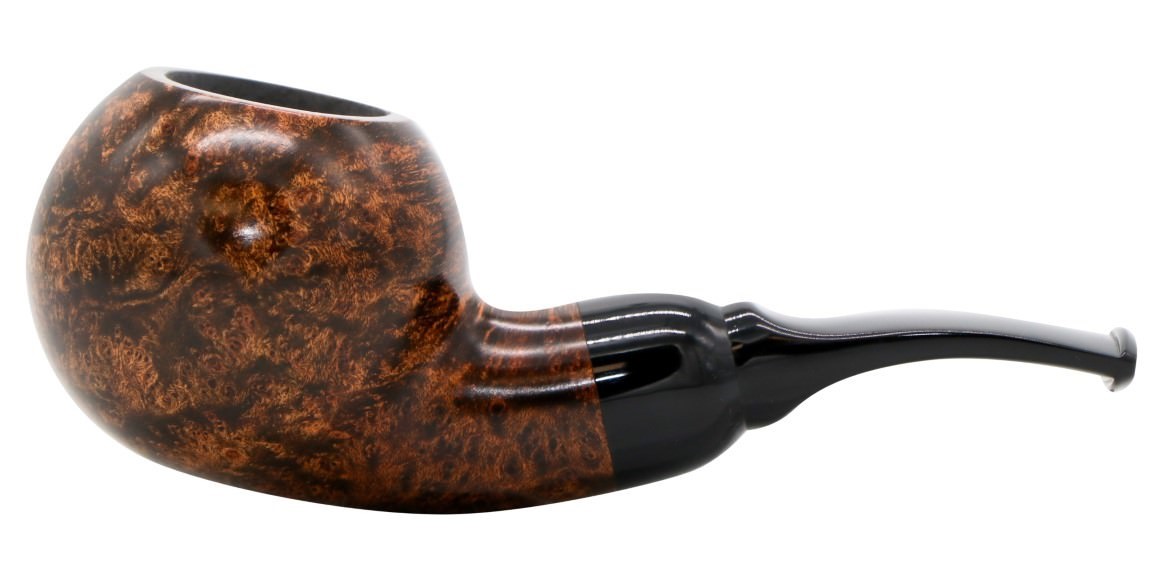
At this time, Pete was spending most of the year on tour. Many of his pipes were estates found at antique stores and tobacco shops on the road. Then Pete and a bandmate got the idea to pass downtime on the road crafting their own pipes. A few of them ended up getting pipe kits, but when Pete’s arrived just before tour, he was too excited to wait.
“They had their kits and I showed up with a finished pipe. They’re like, what are you doing, man? I thought we were gonna make these pipes together. I’m like, I’m gonna order another one—it’s so fun.”
Pete and Todd Johnson link up
Through Nashville Pipe Club meetings, Pete came to befriend fellow musician and artisan pipe maker Jodie Davis, who helped guide the nascent carver. “He was like, you should come to my shop, I‘ll tell you how to drill a block, do it all yourself. I’ll tell you the basic tools you need to do it on the cheap, not investing a bunch of money yet, but it will help you out.”
The relationship was a great asset to Pete’s early growth, but since both men were career musicians spending much of the year on the road, time at home didn’t always overlap, so Jody introduced Pete to his friend, Todd Johnson, another renowned pipe maker from whom Pete continued to learn.
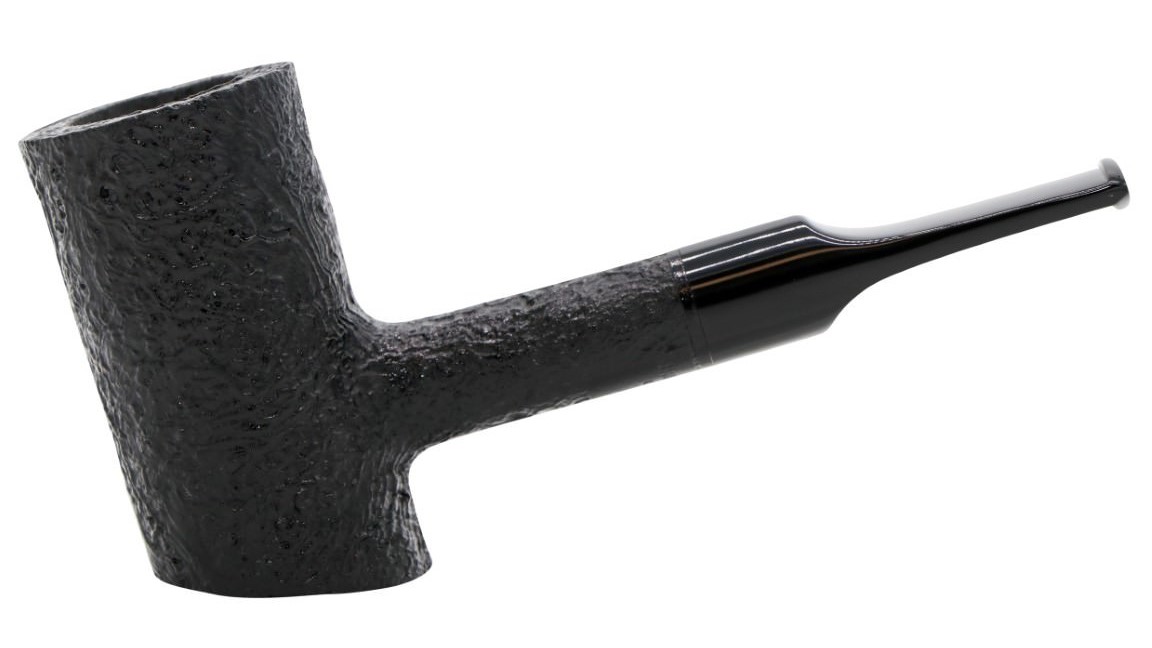
After a few years, Pete was established as a handmade carver, making a name in the community and attending pipe shows. Pipe making was still a part time gig, but in 2013, after having his second child, he felt it was time to get off the road.
“I didn’t know what I was going to do, but the idea of doing something in pipes as a profession was intriguing. I just didn’t think it was necessarily a wise move.”
That’s when Todd introduced the idea to Pete of collaborating on something special.
“Todd was like, hey, I really wanna do a factory-made pipe that hits on all the same levels as an artisan handmade. But we’ll start the bowls on machine, we’ll machine cut really consistent stems, and then we’ll hand finish them, and we’ll make a really good quality pipe that looks and feels and smokes just like a thousand-dollar pipe but at a fraction of that price.”
BriarWorks inception - a pipe for the Chinese market
The original idea for the venture is consistent with the spirit of what it became—an elevation of the factory pipe, finished with the thorough attention of artisan craftsmen. But in other ways, it changed wildly from the partners’ concept at the onset.
“The initial idea was not to make pipes for the US market,” says Pete. “Todd had a lot of collectors buying high-end pipes from him overseas in China, so initially we were gonna start a factory in China and it was gonna be pretty much for the Chinese market, because there was a huge pipe collection market that was happening out there. So, we weren't even gonna make them ourselves, we were gonna get the factory set up and have another guy work over there that was a partner in it and help operate it day to day. Then these pipes were gonna be distributed throughout Asia.“
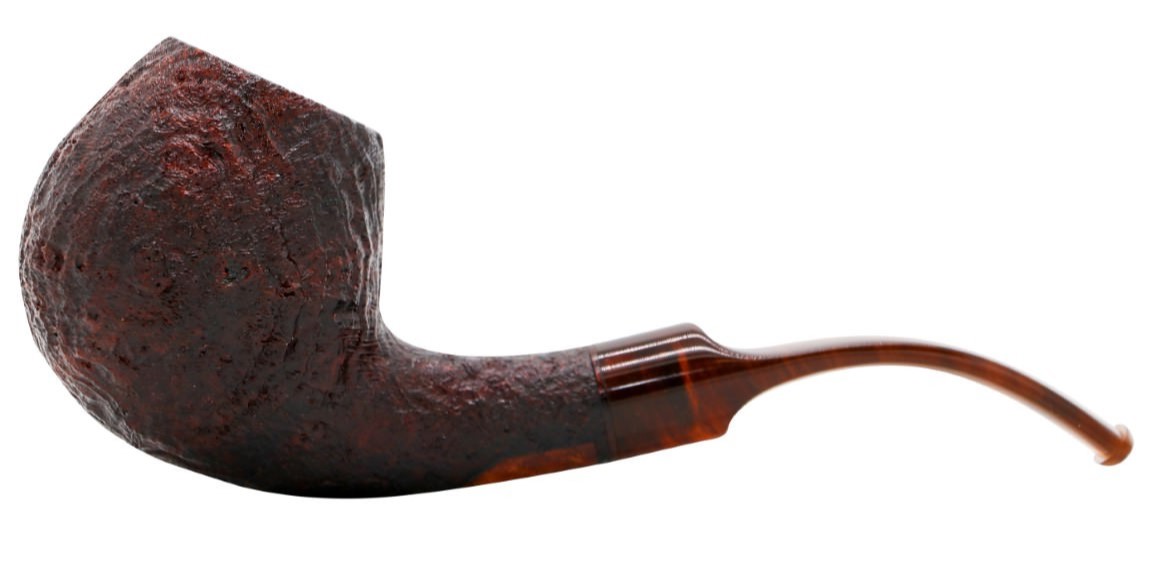
However, this concept didn’t play out as hoped. Pete and Todd would make trips to China, spending time to get the quality where they wanted it, but each time, the quality would drop once they left.
“So, we abandoned the project entirely and that’s when I said to Todd, I think that we should do this in the US, and we should oversee it…we should make a really good quality US pipe because frankly, there aren't really US factories anymore making good quality briar pipes.”
So, the partners brought the project home to the States.
Making BriarWorks viable
Reflecting on the issues with the Chinese factory, two things clearly needed to be addressed to make this idea viable. For one, shaping on a CNC machine would take a heuristic process before a net positive could be achieved in comparison to the fraising machine shaping of standard factory pipe making. Additionally, to achieve the quality they were aiming for, teaching those with no experience and who aren't invested in pipecraft wouldn’t do. They would need to have a more hands-on approach to overcome each of these concerns.
Fraising against the (CNC) machine
First off, sorry but the joke had to be made.
Shaping stummels with a CNC machine isn’t so novel today, but at the time, BriarWorks was among the first factory pipe operations to use the technology. The first machine used in the US operation was far from perfect, but was the first step toward the precision the factory is now capable of.
Pete and Todd have backgrounds in welding, so they took to making the frame and hardware themselves.
“Then we had a guy that actually built and did the electronic side of it and he ordered all the different motors and cutters and everything that goes into that. But it was crude. I mean, this first CNC machine, it wasn’t like what we’re using now. It cut ok but they were pretty rough. We would have been better off at that time using a fraising machine, because we were having to reshape these things significantly.”

They realized something different was needed and worked with another engineer to build small, custom CNC machines. This improved the cuts, but they still felt things could be refined.
“We landed on our third machine and that was more of an off-the-shelf, robust CNC milling machine, but we said, let's build our own custom fixturing that can add that fourth axis and make it so we can actually make these shapes, fully drill them, all in one fell swoop on the machine. That was probably two years in, probably 2015 that we finally ended up with the machine we currently have.”
Artisan pipe makers are no stranger to modifying tools and finding creative solutions that work to the particularities of the craft—there’s no pipe maker aisle at Hobby Lobby or your local hardware store. It sounds to me like that crafty pipe marker gene was honed to bring this industrial tool into the pipe making niche.
Though BriarWorks was ahead of the curb in this method of pipe shaping, the industry has largely caught up. However, Pete will be the first to tell you that this isn’t what truly makes BriarWorks special. In fact, it’s the precision and consistency this method delivers that helps facilitate what is really exceptional about BriarWorks’ operation—the artisan finishing.
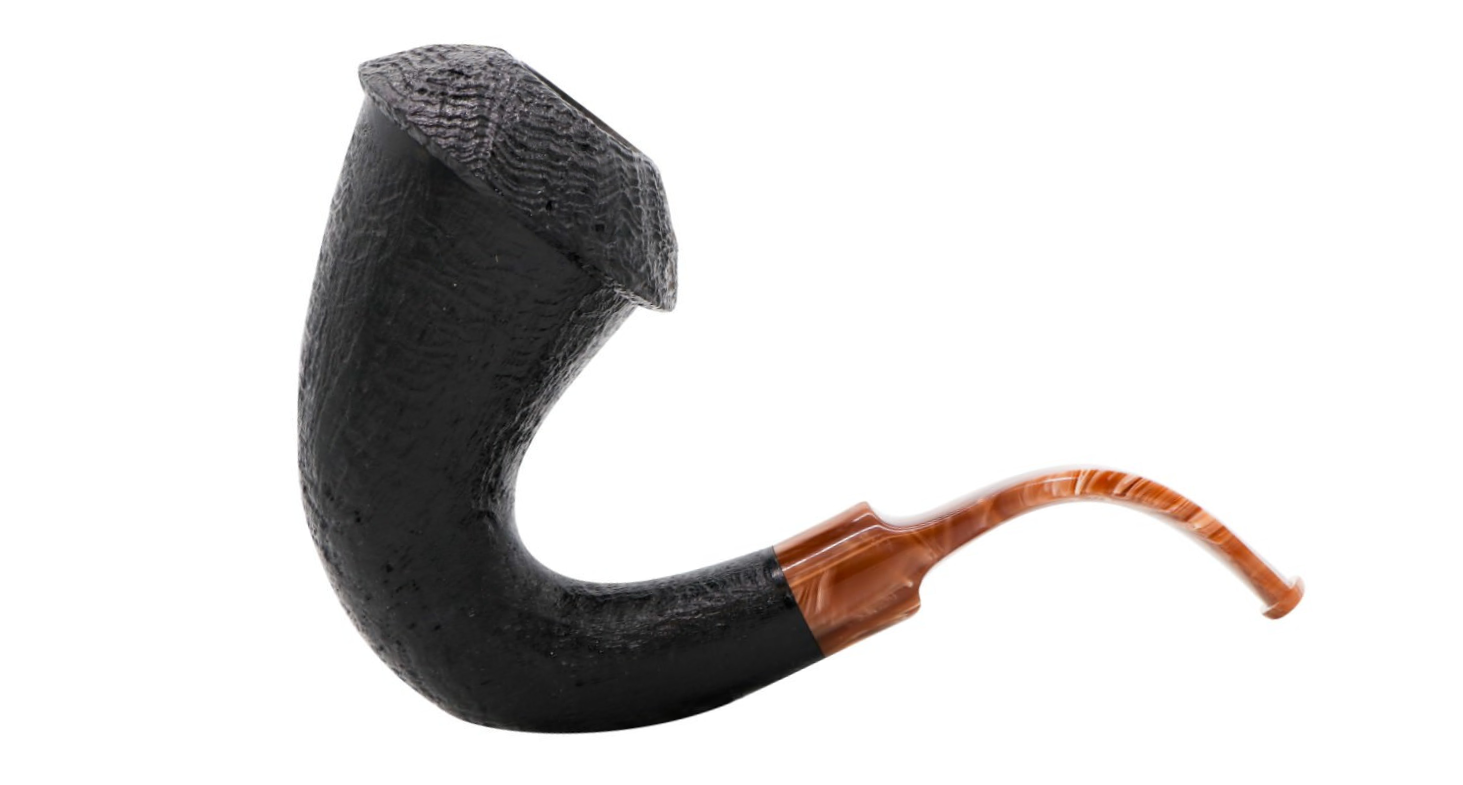
The Artisan side
Operations in China failed in large part because the quality simply couldn’t be maintained without Pete and Todd’s consistent oversight. Setting up shop in Nashville allowed a more hands-on approach to ensure standards were met. However, the partners took things a step further, and in 2015 started recruiting artisan carvers with established reputations to join the team.
“Bill Shalosky who came from Ohio, a really respected carver—and then Micah Redmond who came up from Florida who's a respected carver as well, and Sam Adebyo was also a carver here. He did end up moving back to Chicago so he’s no longer part of BriarWorks, but Sam was an integral part in early years of BriarWorks, in helping to get where we were.”
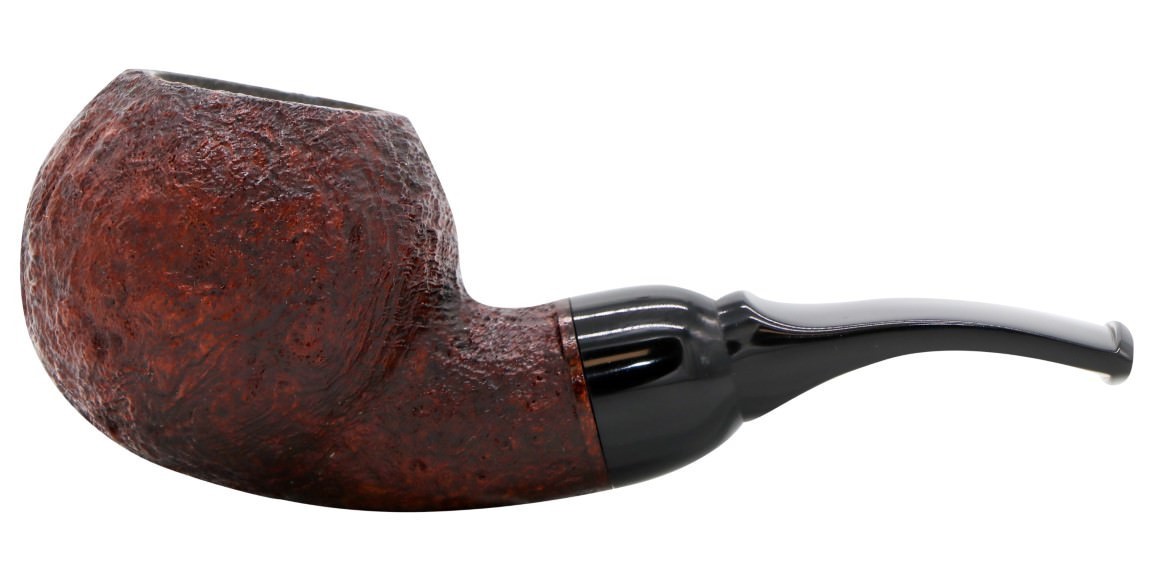
At this time, Todd, feeling accomplished in achieving what BriarWorks set out to create, stepped back from the company and went back to full time carving.
Finishing
“I think what makes BriarWorks really unique is we cut these bowls on a really consistent machine, but the real magic of the pipe happens with the carver who is finishing them,” says Pete.
Customarily, factory pipes will go through different hands for each step of the finishing process—sanding, staining, sandblasting or rustication, buffing, etc. This system works well for high volume production, and the repetition of a task certainly lends to a proficiency in that station. Still, there’s something to be said for one craftsman engaging a pipe through all stages of finishing, especially when that craftsman is a seasoned artisan with lots of handmade experience.
“They really put their thumb print on it in terms of the quality, the consistency. We all do things under the same process, but everybody does things a little bit differently just because we are artisan carvers in that way.”
It isn’t about a feeling that there is something wrong with traditional factory pipes. Pete sees the BriarWorks model as its own, fulfilling something niche that couldn’t exist at this price point if these were handmade from block to finished, but couldn’t exist at the quality and consistency they do if made in high volume.
“The quality is exceptional for the price you're paying for the pipe. I think that’s what makes us unique as opposed to some of the factories in the world, not that they’re not making good stuff, there are a lot of great factories out there…it's just our focus is a little different. We're not making 80,000 pipes a year like some of these factories, we're only making like 3-4,000 pipes a year, so our focus is completely different. We consider ourselves to be more of an artisan small-batch factory that focuses more on a lower production and a high quality.”
Collaboration
There’s no standard procedure for how a new pipe shape or style gets integrated into the BriarWorks catalog.
Sometimes Pete decides they should bring on a new shape, and will carve a handmade prototype, which will be scanned. Then there’s some editing on the computer side so that the shape can be translated to code for the machine to run. Other times, he wants to make a truly classic shape especially balanced and consistent, so the shape is drawn out to the exact measurements off which a 3D model will be built and coded.
“There are different times for both, you know sometimes you want more of that organic, sort of handmade feel, where you don’t necessarily want it to be perfect, and then there are times with the classics, where you really want it to have the perfect, exact dimension look to it.”
One aspect of this artisan collective model that I was curious about was how contributing to the BriarWorks catalog works in light of the talent on board. I looked through the different shapes, wondering if themes might stick out that trace to one artisan's artistic style. But the overarching style is cohesive; not at all in a narrow or uninteresting way, but shows creative range under a unifying identity.
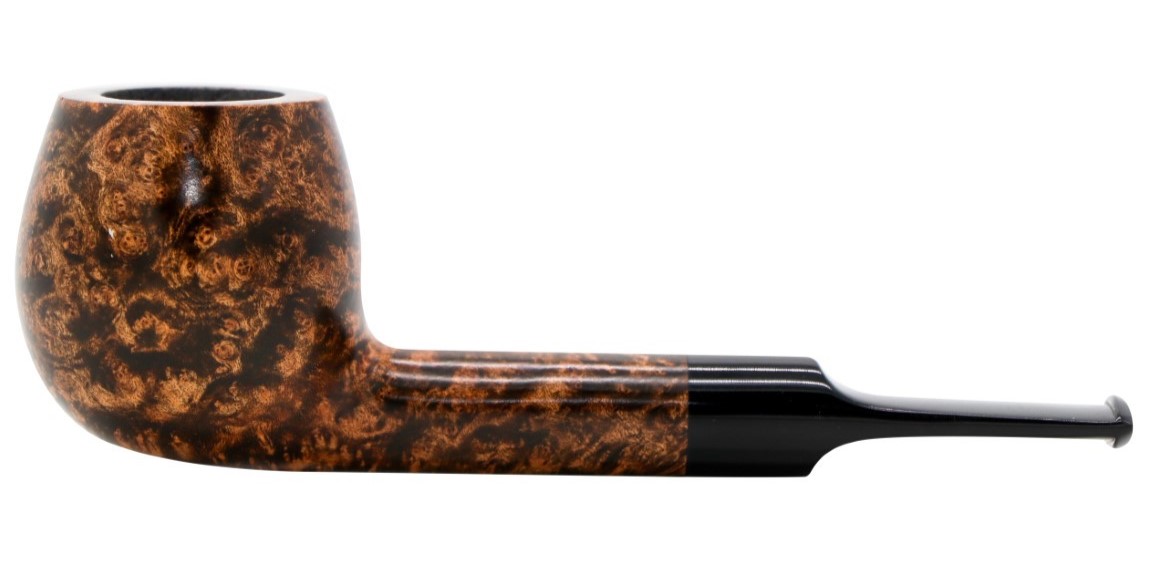
BriarWorks’ design sees traditional shapes that often taking on modern aesthetics in the finishing, color combinations, and dimensions. This cohesiveness is likely due to the casual and fluid process by which shapes and styles are developed, allowing strengths of the individual artisans to come through without any rigid delegation of roles.
“As far as shape design goes, all of us who are carvers here have contributed different designs to the catalog. I do a lot of them but Micah has done some, Bill has done several as well. Bill has a really good eye for classics and so there have been many times when I've said, hey, you should make a classic bent Apple or whatever, and he’ll make a handmade that looks really nice and then that ends up becoming the shape for that line...I might design something that initially I think is gonna look great and then I'll take it to the other guys and say what do you think about this, I think something’s off, and they might critique it…and I’m like, oh yeah that looks better. So, there's a lot of verbal collaboration that happens and even deciding what kind of stem design we want on it or how long we want the stem to be. I think ultimately we all have a pretty good sense of what we feel looks good but sometimes you actually have to get in there and start making stuff.”
Sometimes a design will even be finalized and launched and one of the artisans will get the idea to try something else that the team will decide is better and integrates going forward.
“It's trial-and-error but there's definitely a lot of collaboration between all of us pipe makers here and it's a pretty organic process. I wouldn't say there's any particular set way of doing anything, each pipe comes about in its own unique way.”
As for BriarWorks’ stems, they’re all acrylic and are machine cut from rod stock. Adding to the artisan element of these pipes, they are made in collaboration with an Italian manufacturer using hand cut stems as a model as opposed to generic stock stems.
“We wanted them to as closely as we could have a very consistent button and dimensions and we wanted them to feel a little bit more like an artisan hand cut stem, so with all of our stem designs, we worked with the supplier and we supplied them with hand cut versions of all of the stems that we actually hand made. So they're our own unique designs.”
Move to Columbia, Tennessee
In 2018, Pete pursued a larger vision for BriarWorks. A commitment to affordable, quality pipe making is and will always be the company's raison d'être, but Pete wanted to expand what this venture could be to the pipe smoking community—a brick-and-mortar, complete with a bar and lounge for pipe smokers to engage in the social side of this pastime that is so limited offline these days.
BriarWorks was located in an industrial Nashville district that wouldn't do for a retail destination. Pete looked to Columbia, Tennessee. On the outskirts of Nashville, Columbia is a historic town that was perfect for hosting the new BriarWorks HQ.
"It's really booming now," Pete tells me, "but at the time it was like, oh, there's some cool stuff happening in Columbia that could be cool for us to get it before things really take off. The idea was to create a destination spot for people and to be able to host our own pipe show."
In the 19th century, Columbia was known for their annual mule auction, a legacy which remains a cornerstone of the town's character. To avoid confusion with the 28 other Columbias in the US, BriarWorks took inspiration from this legacy and introduced the Mule Town pipe show, which has been an beloved tradition for many in the pipe community for four years now.
"It’s our way of contributing to the pipe community. We do this event annually in the spring and every year we've seen huge growth with it and this past March was our biggest year yet, we had over 600 people that came out from all over the country…It’s different from some of the other pipe shows that happen throughout the country. I think a large part of that is its inside of our factory…You've got your pipe show happening during the day time and after that's closed up for the day, everybody’s just hanging out in the lounge. It's our biggest weekend of the year and we're excited to see where it goes from here...its unique and a lot of fun."
It's exciting to see a tobacco pipe company so committed to innovation and trying new ways of doing things, while dutifully committed to the values that resonate through the pastime—craftmanship and the joy of sharing in a smoke with fellow pipe smokers. We're proud to carry BriarWorks pipes and look forward to where they take this wonderful venture in it's second decade.


